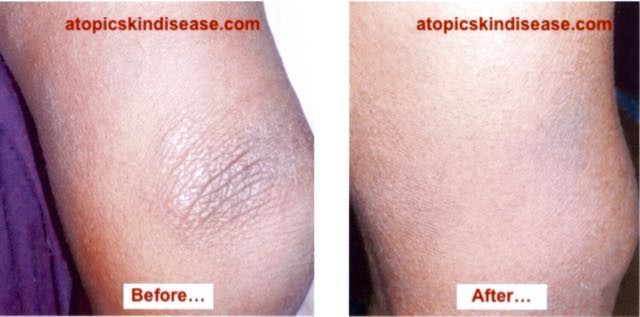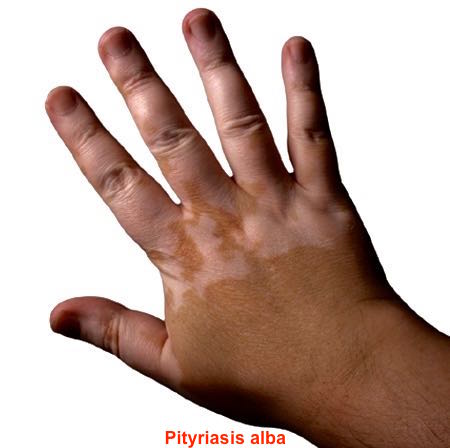FAQ: When the skin changes colour with atopic eczema, is it caused by the use of steroid creams or is it caused by regular scratching?
Correct answer: both are true!
In the first case, yes steroid creams will change the colour of skin - they very slowly reduce the pigmentation, lightening the colour of the skin. The anti-inflammatory effect of the steroid reduces the activity of all skin cells, including the pigment cells - the "melanocytes".
In the second case, cellular activity in skin is stimulated by habitual scratching, and this affects all cells, including the pigment cells - the "melanocytes". So habitual scratching causes the skin to thicken up - lichenification - and colour up - hyperpigmentation. These features are characteristic of chronic atopic eczema.
In both of these cases the "problems" can be fixed by following The Combined Approach (TCA). It establishes only intermittent use of topical steroids, and with habit reversal, eliminates habitual scratching.
But it will take several months, after following The Combined Approach for just a few weeks, for these pigmentation changes to disappear - as the melanocyte activity returns to normal. The good news is that returning to normal requires no further treatment: mother nature comes to the rescue! In the pictures below, on the left there is darker colour with thickened skin that reflects light, while after The Combined Approach, the thickening has quickly resolved but the skin remains darker, without any shine.

Photographs by Iman
Pityriasis alba
Pityriasis alba is a cause of white patches of skin, especially on the outer aspects of the upper arms of young people. It can occur also on the hands, the trunk and the face. It is different to vitiligo - another cause of white patches of skin.

Pityriasis alba is commonly linked to having atopic eczema, but also any type of dermatitis. The condition usually starts with very discrete, small, pink, dry and scaly patches of skin. The name pityriasis comes from the Latin for bran - and there are several different types of pityriasis.
Pityriasis alba may not be noticed at first, only when the pink inflammation is replaced by pale or white skin - the inflammation causes a disturbance in skin pigmentation - and there is then some sun tan on the surrounding skin.
The condition settles over time without any special treatment.
Moisturisers are usually recommended.
What has your experience been?
